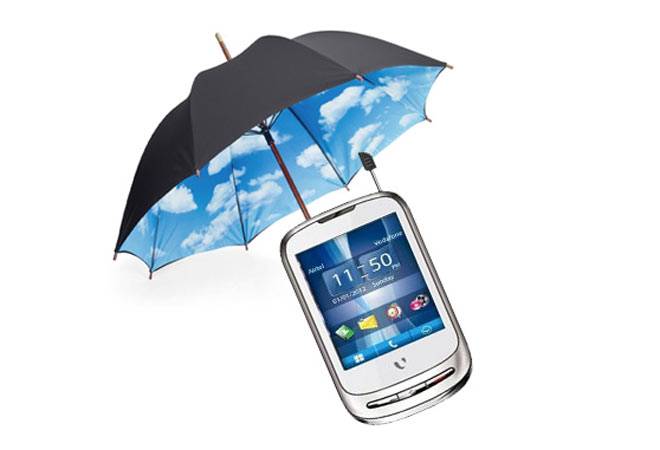In a world where smartphones are essential to our daily lives—helping us stay connected, manage finances, capture memories, and work on the go—the fear of losing or damaging a device is real. With some phones costing over $1,000, many people consider mobile phone insurance as a backup plan. But is it really worth the cost?
Let’s break it down so you can make an informed decision.
What Is Mobile Phone Insurance?
Mobile phone insurance is a service that protects you financially in the event of:
-
Accidental damage (e.g., screen cracks)
-
Theft or loss
-
Water or liquid damage
-
Mechanical breakdowns after warranty
Some policies even cover unauthorized usage, international incidents, or data loss recovery services. The idea is that instead of paying full replacement costs, you pay a smaller monthly fee or one-time premium, plus a deductible when making a claim.
How Much Does It Cost?
The cost of mobile phone insurance varies depending on the:
-
Phone model (iPhones and flagships cost more)
-
Type of coverage (loss and theft add more)
-
Insurance provider
On average:
-
Monthly premiums range from $5 to $20/month
-
Deductibles per claim may range from $29 to $249
So, over a 2-year period, you might pay $240–$480 in premiums, plus a deductible if you make a claim.
Compare top providers:
Pros of Mobile Phone Insurance
✅ Peace of Mind
Accidents happen. Insurance eases the worry of an unexpected drop or theft.
✅ Low Out-of-Pocket Repairs
Instead of paying $400 for a screen replacement, you might only pay a $29 deductible.
✅ Faster Replacements
Some insurers offer next-day delivery or in-store repairs, getting you back online quickly.
✅ Extended Coverage
Most plans extend protection beyond the manufacturer warranty, covering hardware failures or malfunctions.
Cons of Mobile Phone Insurance
❌ Can Be Costlier Than Paying Out-of-Pocket
If you don’t break or lose your phone, you might spend hundreds on premiums and get nothing back.
❌ High Deductibles
Some damage claims require deductibles close to the repair cost, especially for newer phones.
❌ Limited Claims Per Year
Most providers limit you to 2 claims/year. Abuse the system, and you might get dropped.
❌ Fine Print
Some plans exclude theft, or don’t cover water damage unless you pay extra. Always read the terms.
When Mobile Insurance Might Be Worth It
-
You frequently drop or damage your devices
-
You have a very expensive or new phone
-
You travel often, making your phone more vulnerable to theft
-
You can’t afford a sudden replacement cost
-
You rely on your phone for work and need immediate access
If you tick two or more of these boxes, phone insurance might be a smart move.
Alternatives to Mobile Insurance
💡 Manufacturer Warranty + Strong Case
Basic warranty covers defects. Pair it with a rugged case and screen protector for daily protection.
💡 Credit Card Purchase Protection
Some credit cards (like American Express or Mastercard) offer 90–120 days coverage for loss or damage if you bought the phone with them. Read the policy first.
💡 Self-Insurance (Emergency Fund)
Put aside $10/month into a “tech emergency” fund. In 2 years, you’ll have $240—enough for many repairs.
💡 Third-Party Repair Shops
For minor damage, third-party repair shops often charge much less than insurers or manufacturers.
How to Choose a Mobile Insurance Provider
-
Compare coverage options – Does it include theft? Accidental damage?
-
Check claim limits – How many claims are allowed per year?
-
Review deductibles – What’s the out-of-pocket cost?
-
Read reviews – Look at customer service experiences.
-
Consider convenience – Is there in-store repair? Fast replacements?
Use websites like NerdWallet or The Balance to compare the best options.
Also Check:
- How to File an Insurance Claim Efficiently
- Critical Illness Insurance: What You Should Know
- Insurance for High Net Worth Individuals: What You Need to Know
- The Basics of Business Insurance for Startups
- How Insurance Works in the Sharing Economy
Final Thoughts
Mobile phone insurance isn’t a one-size-fits-all decision. For some, especially those who travel often or own high-end devices, it offers security and convenience. For others, especially cautious users or those with mid-range phones, it might be an unnecessary expense.
Before enrolling in a plan, assess how much you’d actually spend over time, what protection you need, and whether alternative options make more sense.
Bottom line: Only pay for phone insurance if the cost is less than the risk you’re protecting against.
